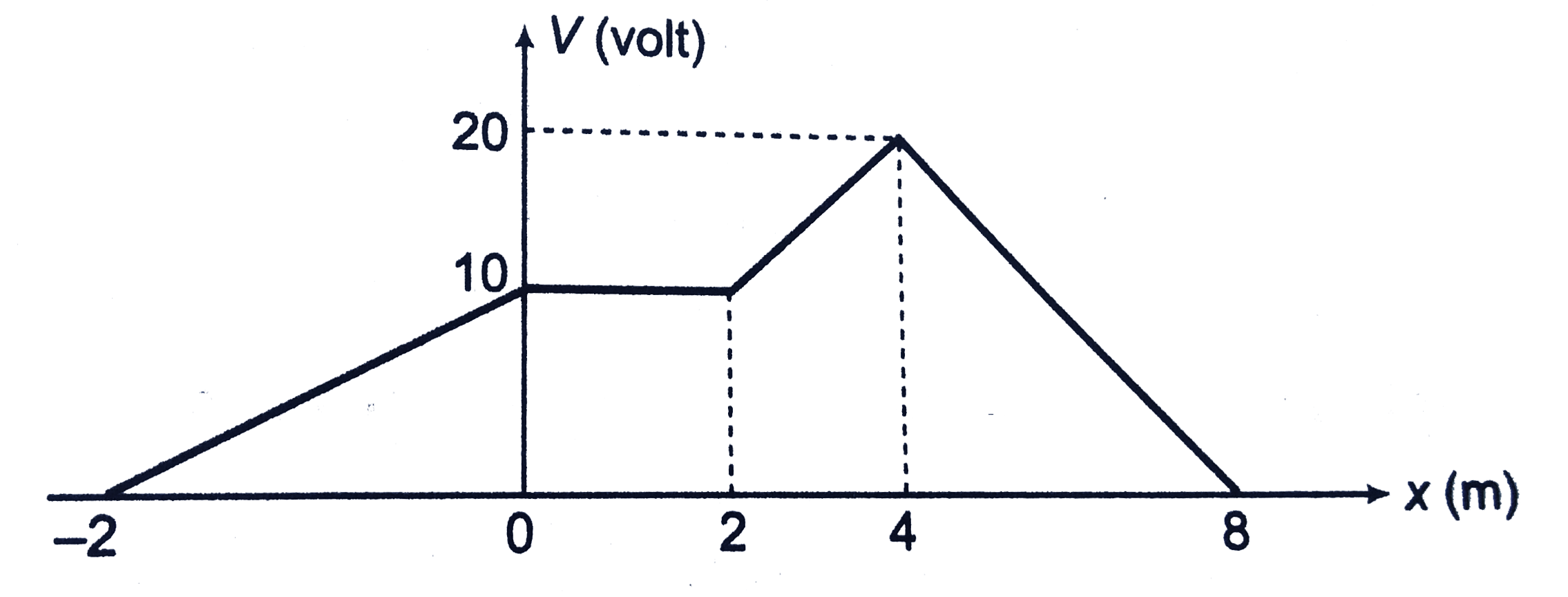Text Solution
Verified by Experts
The correct Answer is:
Topper's Solved these Questions
ELECTROSTATICS
DC PANDEY ENGLISH|Exercise Level 1 Objective|82 VideosELECTROSTATICS
DC PANDEY ENGLISH|Exercise Level 1 Subjective|15 VideosELECTROSTATICS
DC PANDEY ENGLISH|Exercise Exercise 24.7|2 VideosELECTROSTATIC POTENTIAL AND CAPACITORS
DC PANDEY ENGLISH|Exercise (C) Chapter exercises|50 VideosGRAVITATION
DC PANDEY ENGLISH|Exercise All Questions|135 Videos
Similar Questions
Explore conceptually related problems
DC PANDEY ENGLISH-ELECTROSTATICS-Level 1 Assertion And Reason
- The electrical potential function for an electrical field directed par...
Text Solution
|
- The electric potential decreases uniformly from 100 V to 50 V as one m...
Text Solution
|
- In the uniform electric field shown in figure, find : a. VA-VD b....
Text Solution
|
- In figure (a), a charge q is placed just outside the centre of a close...
Text Solution
|
- Net charge within an imaginary cube drawn in a uniform electric field ...
Text Solution
|
- A hemispherical body of radius R is placed in a uniform electric field...
Text Solution
|
- A cube has sides of length L = 0.2 m. It is placed with one corner at ...
Text Solution
|
- Assertion: An independnt negative charge moves itself from point A to ...
Text Solution
|
- Assertion: When two unlike charges are brought nearer, their electrost...
Text Solution
|
- Assertion: At a point electric potential is decreasing along x-axis at...
Text Solution
|
- Assertion: Electric potential on the surface of a charged sphere of ra...
Text Solution
|
- Assertion: Gauss's theroem can be applied only for a closed surface. ...
Text Solution
|
- Assertion: In the electric field E=(4hati+4hatj)N//C electric potentia...
Text Solution
|
- Assertion: Two charges -q each are fixed points A and B. When a third ...
Text Solution
|
- Assertion: A small electric dipole is moved translatonally from higher...
Text Solution
|
- Assertion: In case of charged spherical shells, E-r graph is discontin...
Text Solution
|
- Assertion: If we see along the axis of a chaged ring, the magnitudeof ...
Text Solution
|
- Units of electric flux are
Text Solution
|
- A neutral pendulum oscillates in a uniform electric field as shown in ...
Text Solution
|
 Draw the graph of electric field strength.
Draw the graph of electric field strength.